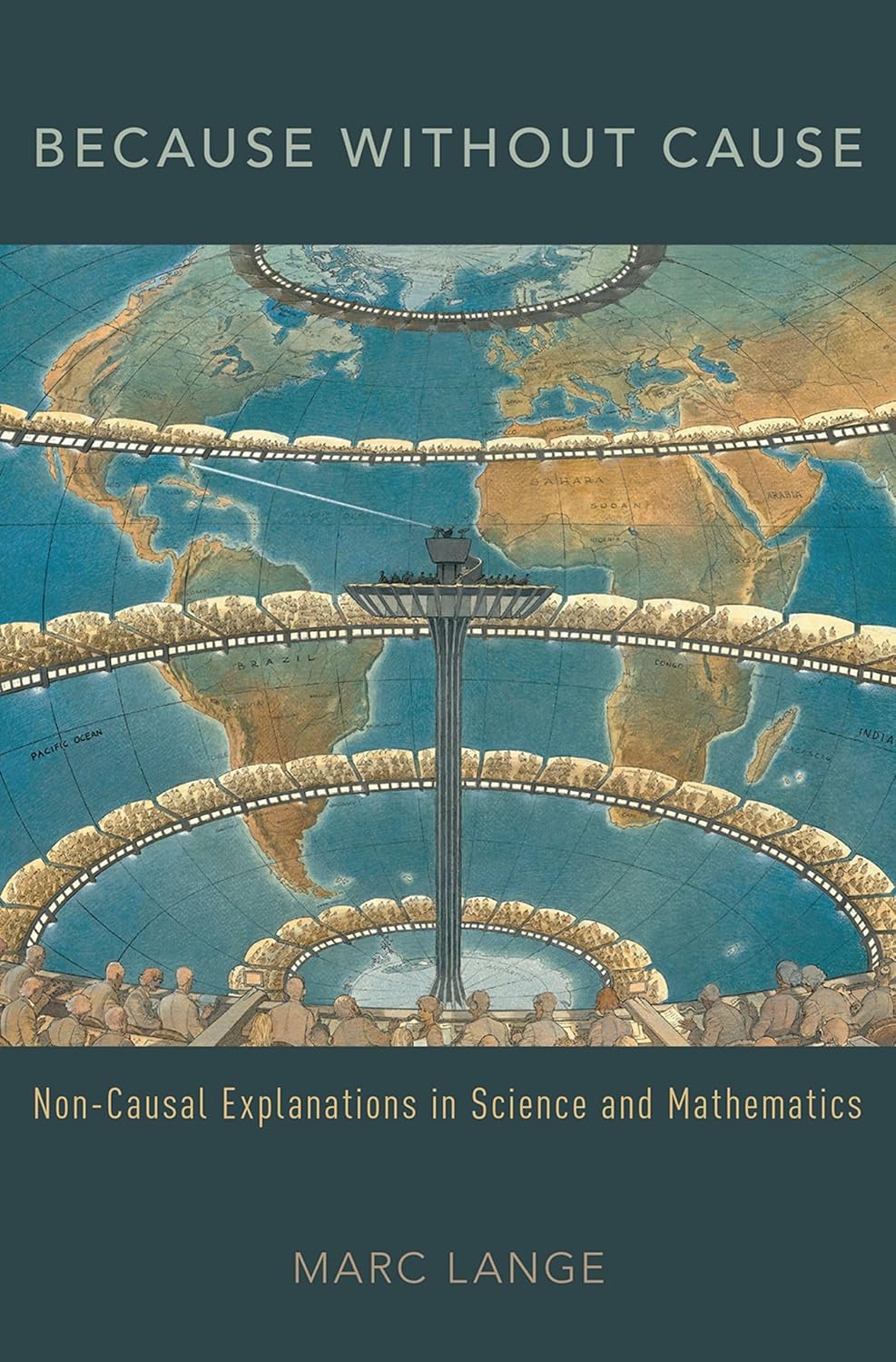528 pages
English language
Published 2016 by Oxford University Press.
Non-Causal Explanations in Science and Mathematics Oxford Studies in Philosophy of Science

528 pages
English language
Published 2016 by Oxford University Press.
Not all scientific explanations work by describing causal connections between events or the world's overall causal structure. Some mathematical proofs explain why the theorems being proved hold. In this book, Marc Lange proposes philosophical accounts of many kinds of non-causal explanations in science and mathematics. These topics have been unjustly neglected in the philosophy of science and mathematics.
One important kind of non-causal scientific explanation is termed explanation by constraint. These explanations work by providing information about what makes certain facts especially inevitable - more necessary than the ordinary laws of nature connecting causes to their effects. Facts explained in this way transcend the hurly-burly of cause and effect. Many physicists have regarded the laws of kinematics, the great conservation laws, the coordinate transformations, and the parallelogram of forces as having explanations by constraint. This book presents an original account of explanations by constraint, concentrating on a variety of examples …
Not all scientific explanations work by describing causal connections between events or the world's overall causal structure. Some mathematical proofs explain why the theorems being proved hold. In this book, Marc Lange proposes philosophical accounts of many kinds of non-causal explanations in science and mathematics. These topics have been unjustly neglected in the philosophy of science and mathematics.
One important kind of non-causal scientific explanation is termed explanation by constraint. These explanations work by providing information about what makes certain facts especially inevitable - more necessary than the ordinary laws of nature connecting causes to their effects. Facts explained in this way transcend the hurly-burly of cause and effect. Many physicists have regarded the laws of kinematics, the great conservation laws, the coordinate transformations, and the parallelogram of forces as having explanations by constraint. This book presents an original account of explanations by constraint, concentrating on a variety of examples from classical physics and special relativity.